Around December, in the run-up to Christmas, talk turns once again to the story of the Christmas Star, or the Star of Bethlehem, that supposedly guided three wise men - the 'Magi' - to the birth of Jesus Christ.
But who were the Magi and what was the Christmas star that persuaded them to travel across hundreds of miles of desert? Did the star of Bethlehem really exist?
Is there any reference to the Christmas Star of Bethlehem story in the history of astronomy?
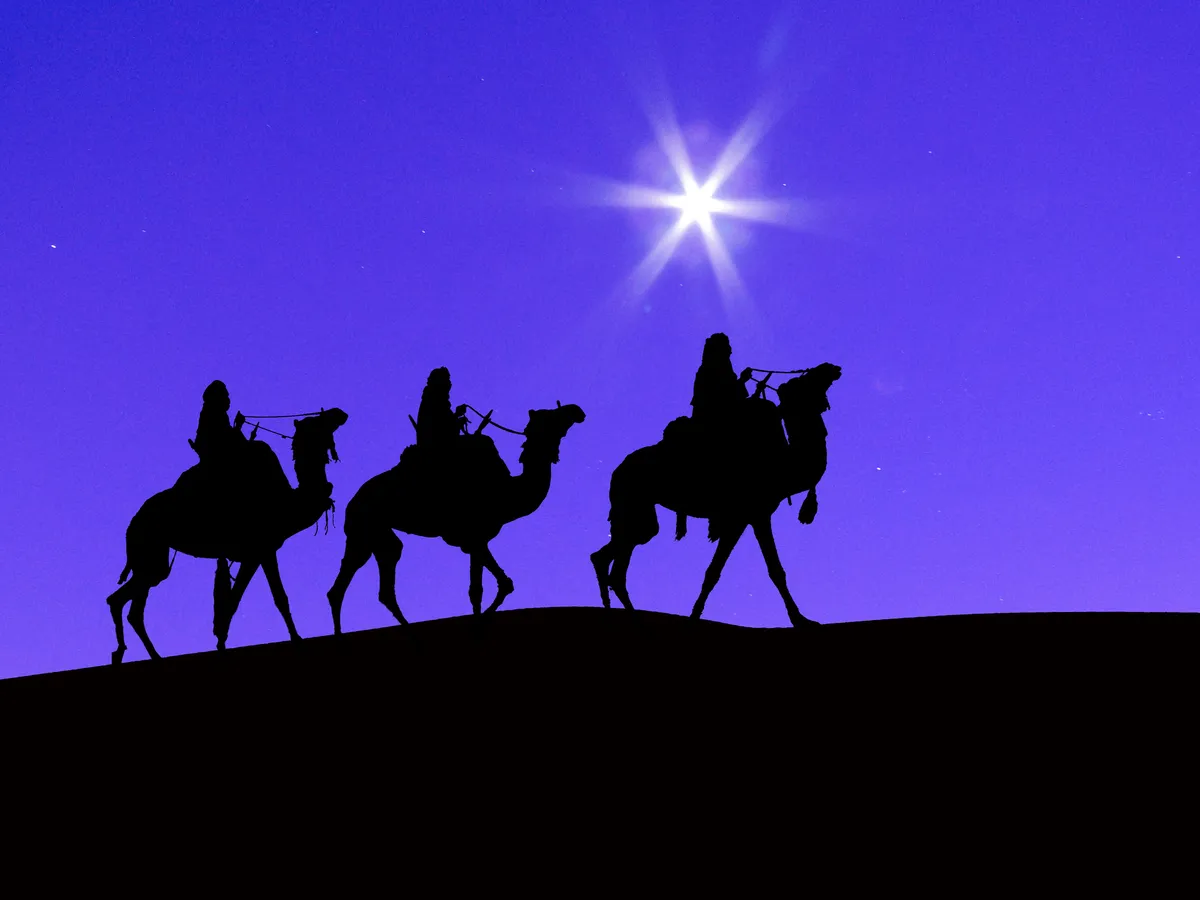
The Gospel according to Matthew contains one of the most famous passages in the Bible: “Where is he that is born King of the Jews? For we have seen his star in the East, and we have come to worship him.”
If we're serious about considering the possibility of an actual star of Bethlehem having existed and incorporated into the story of the birth of the son of God, we can immediately rule out the blazing celestial orb that adorns our Christmas cards.
But what was the Star of Bethlehem? Did it exist, and can astronomy find an explanation?
Possible explanations for the Star of Bethlehem
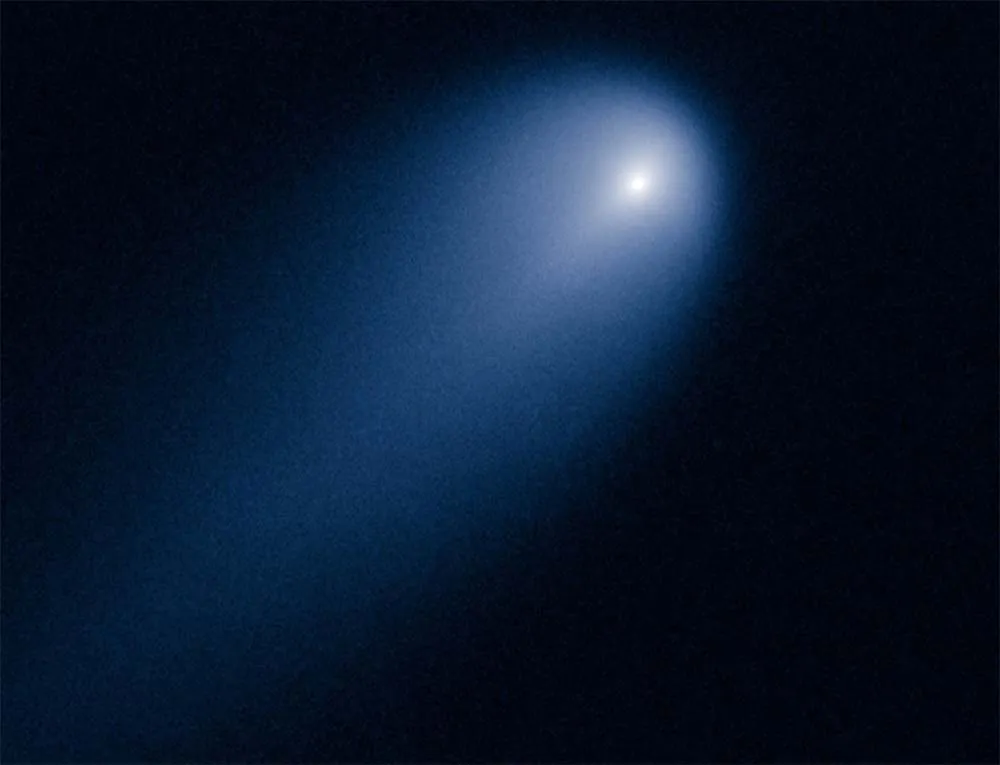
Since 221BC, Chinese astronomers had been recording everything that unexpectedly disturbed the tranquility of the night sky, including ‘broom stars’ (comets) and ‘guest stars’ (novae and supernovae).
But there’s no mention of any such ‘guest stars’ around the time that Jesus was supposedly born.
The Chinese did report a ‘broom star’ that swept across the sky in 12BC – none other than Halley’s Comet.
An unforgettable view of Halley’s Comet in 1301 inspired Giotto di Bondone to paint one of the most famous depictions of the Star of Bethlehem, as a blazing comet hanging over the stable.
But 12BC was too early for Halley’s Comet to have been the Star.
Cambridge scientist Colin Humphreys believes Chinese astronomers spotted another comet in 5BC, but oriental records tell us it was a dim specimen, unlikely to coerce the wise men away from home.
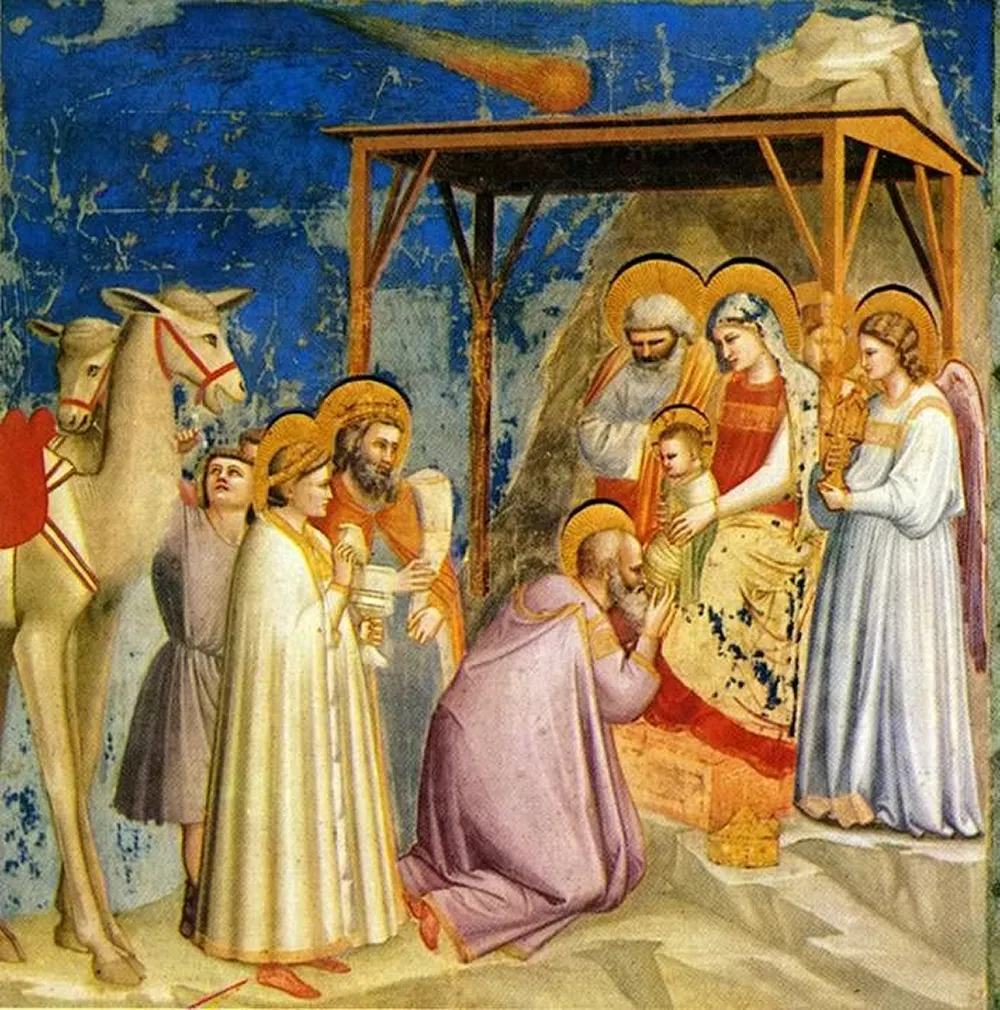
Who were the three wise men?
The very phrase ‘wise men’ gives us a clue to what might have triggered their great journey.
This is a modern translation of the word Greek ‘magi’, which also gives us our words ‘magic’ and ‘magician’. The wise men were actually astrologers.
They were not interested in exploding stars or comets, but looked instead at the motion of the planets.
And in 7BC, the planets Jupiter and Saturn performed a very unusual tango, much like we saw in 2021 with the the Great Conjunction of Jupiter and Saturn on 21 December.
Three times that year – in May, September and December – they came close together, and then parted again.
This triple conjunction would have intrigued the magi, but would have meant nothing to Herod’s counsellors or to the Chinese skywatchers.
It was the German astronomer Johannes Kepler who first mooted this idea. He based it on a conjunction of Jupiter, Saturn and Mars that he observed in 1604, when a brilliant star – a supernova – suddenly appeared near them.
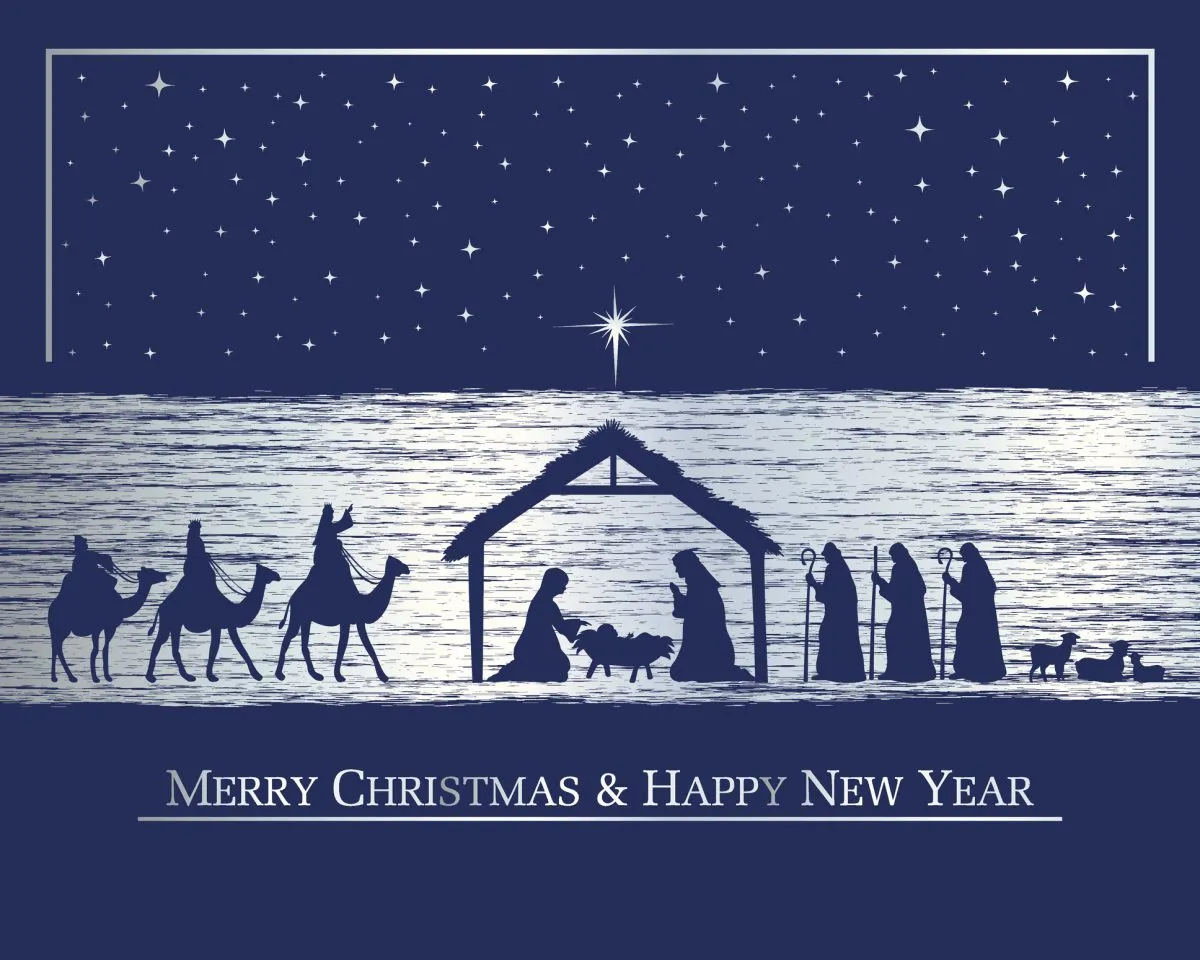
Exploring the Star of Bethlehem mystery
Sheffield astronomer David Hughes championed a version of this theory in his 1979 book The Star Of Bethlehem Mystery.
Dismissing the idea of the supernatural star, he proposed that the magi were inspired by the triple conjunction of Jupiter (the King of the Planets) and Saturn (Planet of Justice) in Pisces: the zodiacal sign of the Jewish nation.
The magi didn’t even need to see the conjunction, though, as they could have calculated what the planets were up to.
This prompted American historian Michael Molnar to calculate all the planetary conjunctions at that time.
The result? An even more remarkable event invisible to the naked eye.
On 17 April 6BC, Jupiter was rising just before the Sun (an important time known as heliacal rising), when it was occulted by the Moon.
It was a rare and astrologically important event, supposedly foretelling a royal birth.
However, none of the explanations is particularly convincing.
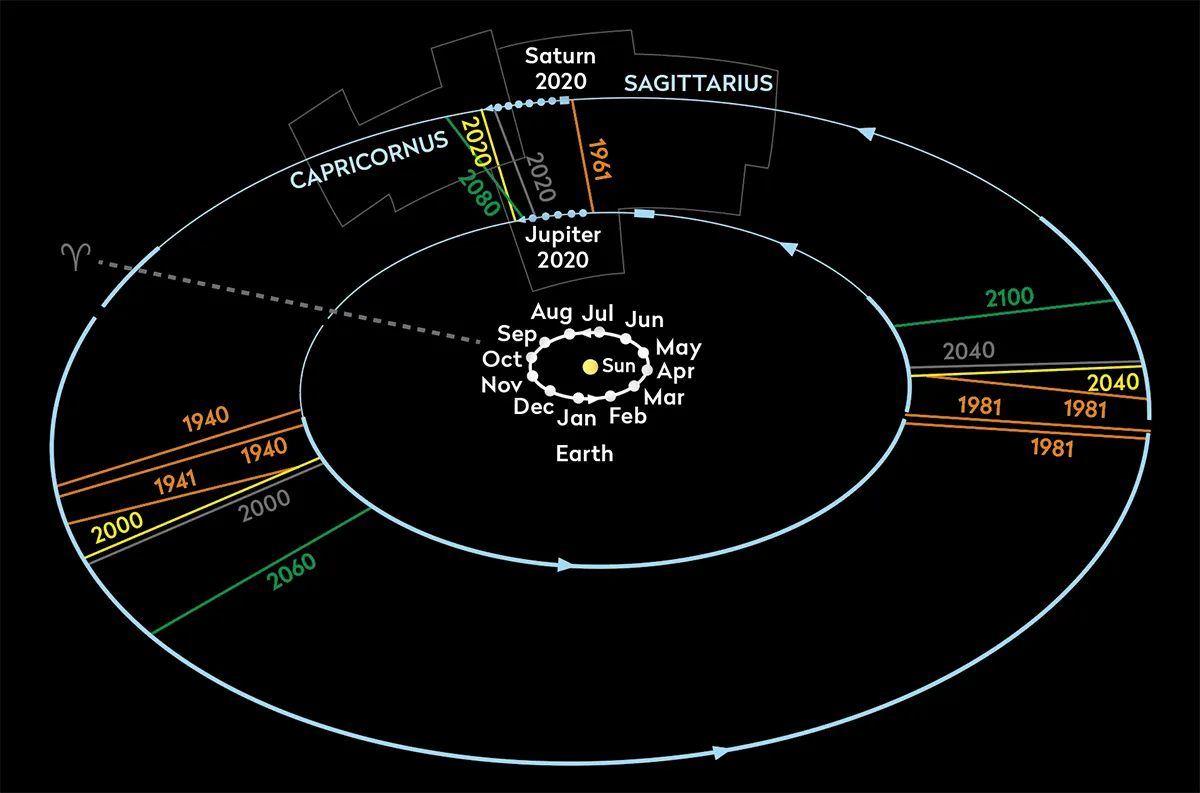
The planetary conjunction doesn’t match Matthew’s description of a single star, nor the fact that the star “went on before them until it came and stood over the place where the child was”.
There’s another problem too, as Matthew’s gospel repeats almost exactly an ancient Jewish account of the birth of Abraham:
“When the astrologers of Nimrod left the house, they lifted up their eyes towards Heaven to look at the stars, and one great star came from the east and ran athwart the Heavens.”
Matthew was writing soon after a genuine expedition of Eastern magi, led by the Armenian king Tiridates, had arrived in Rome.
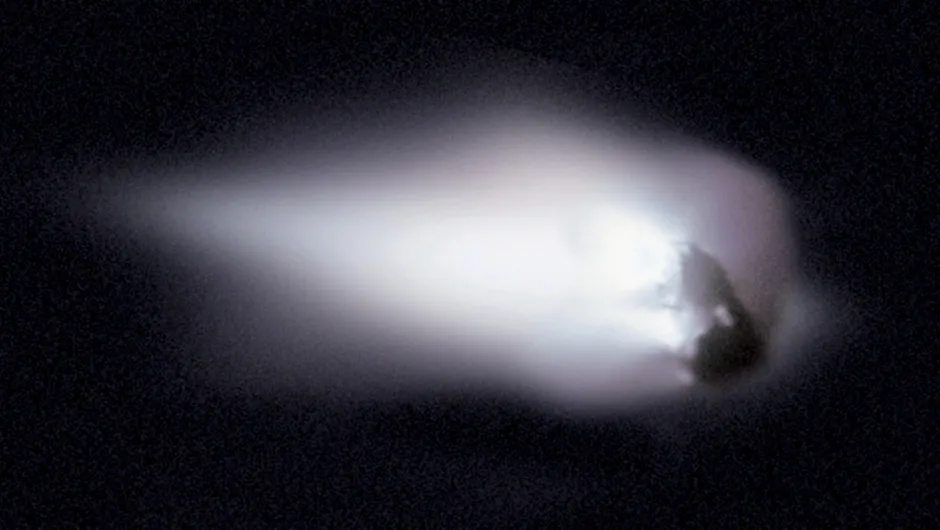
They had fallen at Nero’s feet, exclaiming: “I have come to you, my god, to worship you” – just as the wise men, according to Matthew, “saw the Child with Mary, and fell to the ground and worshipped him”.
This was in AD66, when Halley’s Comet was blazing in the sky. So perhaps, ironically, Halley’s Comet did have a role in the Nativity story, in inspiring Matthew.
It prompted him to furnish his account with a special star that matched Abraham’s prenatal spectacle and upstaged Tiridates’s adoration of the pagan Nero.
As a devoted biographer, Matthew was compelled to write a brilliant Star of Bethlehem into his script. Ultimately, however, it’s unlikely we’ll ever know the true mystery of the star of Bethlehem for sure.
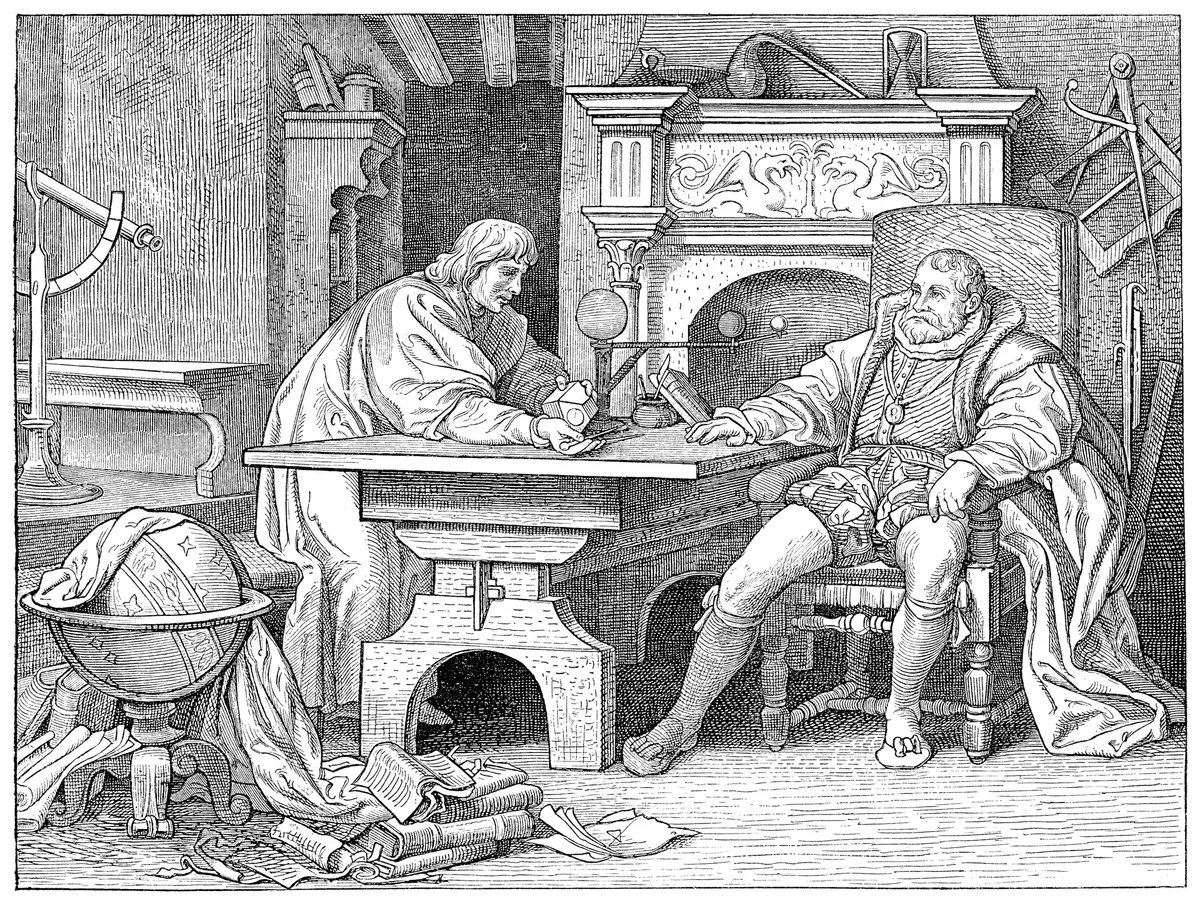
Was the Star of Bethlehem a great conjunction?
This was the cause put forward in 1603 by the great German astronomer and mathematician, Johannes Kepler, after he had observed a Great Conjunction himself.
Today, we know of Kepler because of his groundbreaking work on the orbits of the planets and his three laws of planetary motion published in 1609 and 1619, but he was also an astrologer.
It was this, coupled with his own Christian beliefs that led to his fascination with the true identity of the Star of Bethlehem.
He began to wonder if the ‘star’ the Magi followed in the story of the nativity was actually a conjunction of Jupiter and Saturn, and soon began work tracking the planets’ motions backwards through space and time to see if a plausible event could be found.
He came to the conclusion that the giant planets were indeed in conjunction in the year 7 BC, in the constellation of Pisces, with a separation of a degree at best.
And this happened not just once but three times, on 27 May, 6 October and 1 December. The genius of Kepler may hold the answer to one of Christianity’s biggest mysteries.
This article originally appeared in the December 2010 and December 2020 issues of BBC Sky at Night Magazine.

